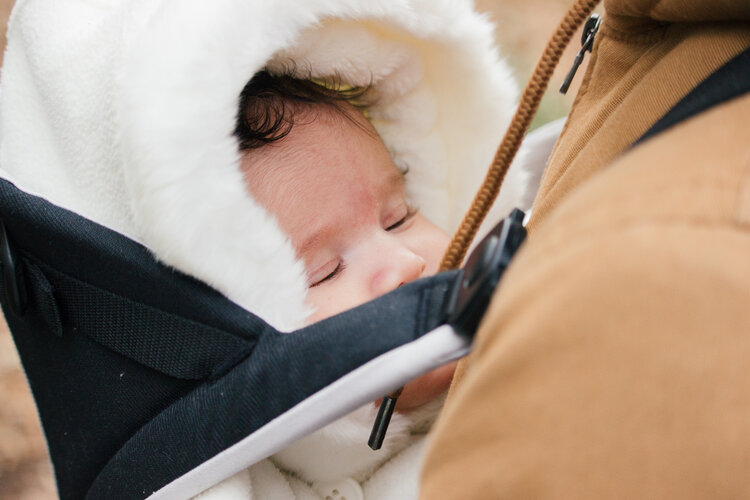
Baby wearing can be fun and useful, not only for when you are out and about but also around the home. Infants usually feel happy and settled when close to their caregivers. Using a tool like a wrap, sling, or carrier enables that connection while also freeing your arms and hands – hooray!
Many families use baby wearing as a part of baby’s sleep practices, since the movement, warmth and sounds of their caregiver are soothing. Some mamas breastfeed while baby wearing too.
Baby wearing options are so plentiful, exploring what arrangement might work best for you can feel overwhelming. Here we outline various types of baby wearing techniques, which all caregivers can use:
- Wraps. A wrap is a long piece of cloth that has some stretch to it. You can position it around yourself in a variety of ways, insert your baby between the cloth and you, and tie the cloth to secure the baby wearing.
- Slings. A sling is another type of long cloth that can be positioned in a different ways around your body. It is secured by pulling the material around a buckle.
- Carriers. These devices are a more structured way to wear babies and young children. Carriers have straps that go over your shoulders and buckles that secure straps together, usually on your back and around your middle.
In addition to the many baby wearing communities online, such as on Facebook, some communities have baby wearing groups that meet in person. These gatherings might occur at a library or other public gathering place. Besides meeting others who are in the same life stage as you, baby wearing groups might offer experienced parents who can advise on particular styles/models that fit your preferences and body size and offer tips/feedback on use. We all ask, “Does this look right?” Some local groups have lending libraries so that you can try out baby wearing before purchasing your own. Baby wearing materials are sometimes available second-hand and can range from $30 new to $100 or more. Every time you baby wear, check for wear and tear, such as loose stitching or buckles that are not working.
With regards to safety, baby’s airways should always be unobstructed. This means that neither a cloth nor your clothes or body should interfere with infant breathing. To accomplish this, babies who are positioned on the front of your baby (your chest), should be at a level where you could kiss them. This way, you can always see the baby’s uncovered face. Also, infants in the 4th Trimester and beyond should have their necks appropriately supported. This means that a baby’s head might be turned to the side alongside your body. A baby’s face should never be slumped down or tilted up towards the sky. Babies need our support in every way, including physical positions when they are young. As with all infant care, accidents can happen. Baby wearing risks include baby suffocation or falls. Take care to monitor baby’s temperature, just like you usually would. Being in close physical contact can be a warming experience, so check the feel of baby’s skin and the color of his or her cheeks as a guide for whether it might be getting too hot.
Not all baby wearing options are appropriate. It is important to use a technique that you are comfortable with and suits your child – including supporting baby’s hips. Wraps, slings, or carriers should support your baby’s body so that his/her legs spread naturally to the sides (this seated-squat position is sometimes called ‘frog-legged’). Baby’s legs should not be dangling straight down. If the positioning is incorrect, there is a risk of hip dislocation. During the 4th Trimester, babies who are worn should be facing their caregiver with head, neck, and bottom support.
If the mother or other adult has a physical condition that might impede baby wearing, such as a back problem, be sure to consult with your physician or physical therapist. As with all aspects of parenting and life, there is no one-size-fits all.
For further exploration, check out:
- Baby Wearing International, Inc. on Facebook





